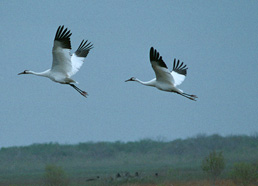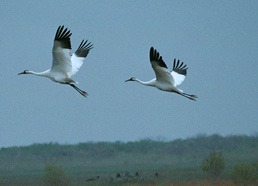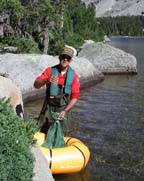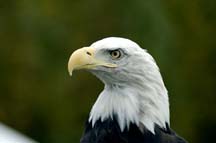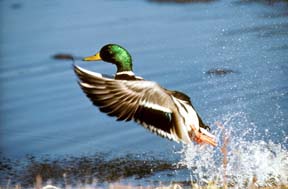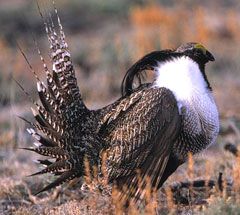During Texas’s last drought, 23 whooping cranes died while wintering in the Aransas National Wildlife Refuge, says an Associated Press story in the Tampa Bay Times. With another drought this year, wildlife managers can only watch and wait to see what happens.
The total population of wild whooping cranes is about 400. The only self-sustaining wild population is the one that migrates between Aransas in Texas and Wood Buffalo National Park in Canada.
Read the story in the Tampa Bay Times, here.
In Colorado, St. Vrain State Park sits in the middle of a productive oil field. The state is short on funds. Oil companies are eager to expand into the park, which is home to bald eagles, American white pelicans and the state’s largest blue heron rookery.
Read about the conundrum in the Denver Post: This news story lays out the facts. This columnist explains the dilemma.
What’s a state to do? In Colorado, they said yes to limited drilling on 1/12. Read about the decision in the Denver Business Journal.
Photo: Whooping cranes in Aransas NWR, by Steve Hillebrand, courtesy US Fish and Wildlife Service

